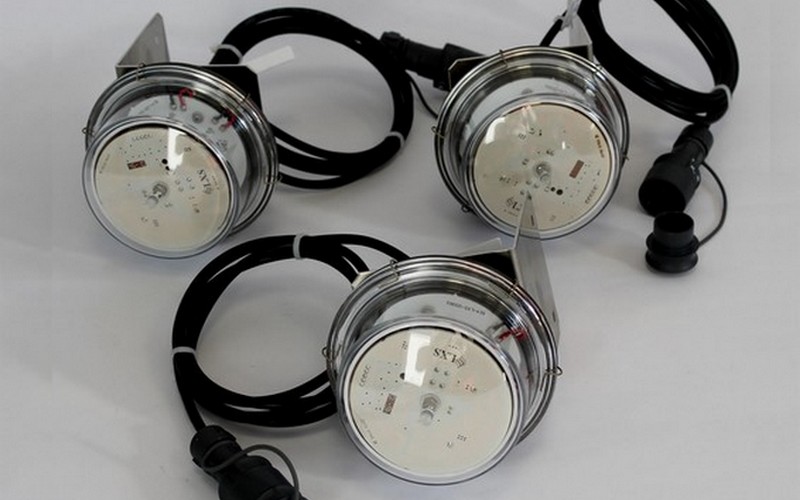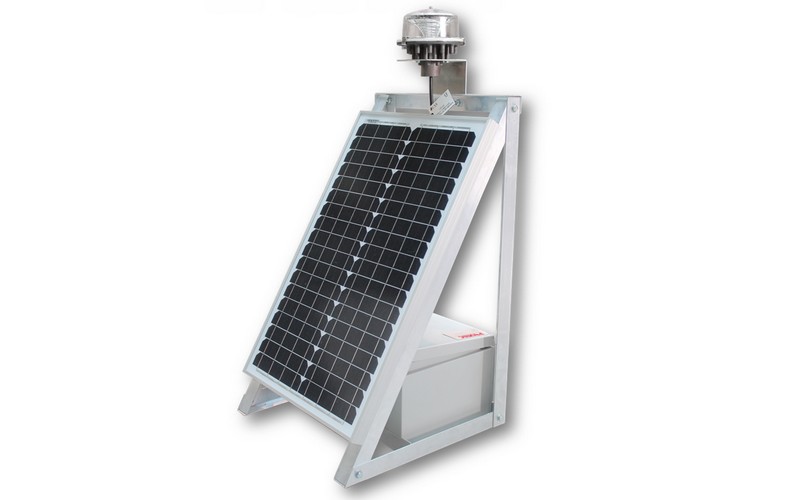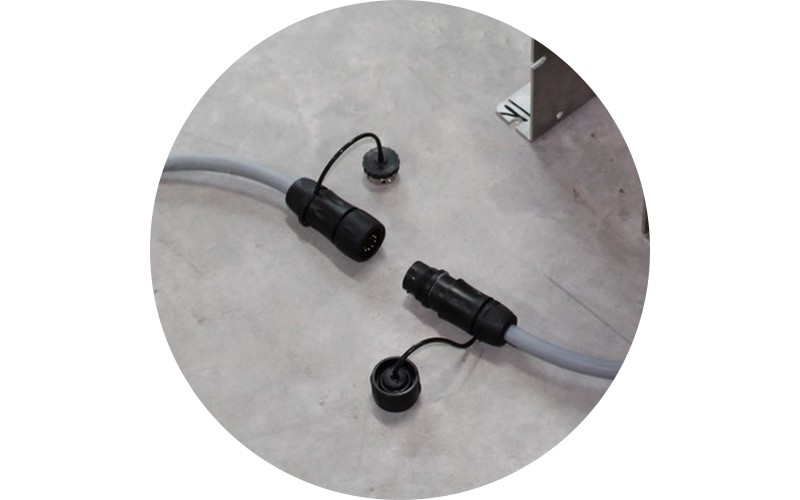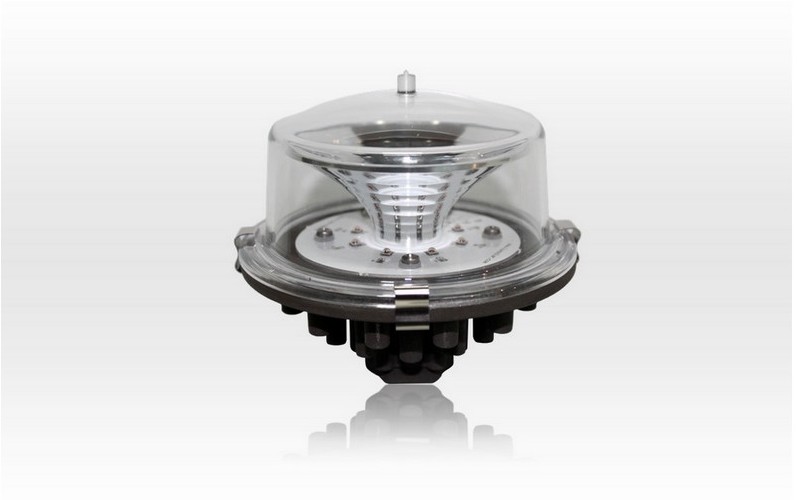
Low intensity obstacle lights
Low intensity obstruction lights are used for nocturnal lighting of air obstacles less than 45 meters high.
Red steady burning lights, they are used in safe areas.

Low intensity obstacle lights
Low intensity obstruction lights are used for nocturnal beaconing, with red steady burning light.
Low intensity aircraft warning lights are divided into 2 groups in compliance with ICAO rules:
- Type A: red steady burning lights, 10 cd (référence ICAO: LIOL A)
- Type B: red steady burning lights, 32 cd (reference ICAO: LIOL B)
Low intensity obstacle lights can be used alone or in combination with medium intensity lights type B or medium intensity lights type AB.
For the beaconing of extended areas, or group of close objects, the low intensity AWL shall be put at longitudinal intervals that do not exceed 45 meters.
Low intensity LXS beacons are available in safe areas and ATEX area, in voltage 12, 24, 48VDC and 115, 230VAC.




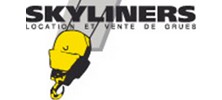
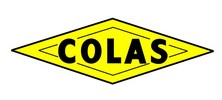

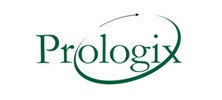

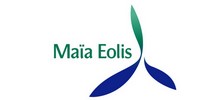
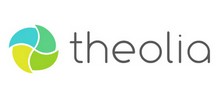

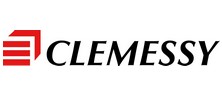




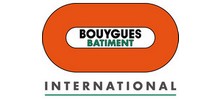

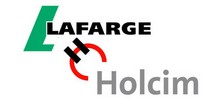

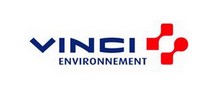





-

Comment remplacer une balise d'hélistation défectueuse avec une balise lumineuse encastrée HFTR ?
Tunis: the Culture Tower lighted by PROMIC obstruction light
-

Comment remplacer une balise d'hélistation défectueuse avec une balise lumineuse encastrée HFTR ?
Marseille: the CMA CGM tower lighted by PROMIC
-

Comment remplacer une balise d'hélistation défectueuse avec une balise lumineuse encastrée HFTR ?
Beaconing of local project for PROMIC: the Envol Stadium
-

Comment remplacer une balise d'hélistation défectueuse avec une balise lumineuse encastrée HFTR ?
An efficient solution for crane operators: the beaconing kit for cranes
-

Comment remplacer une balise d'hélistation défectueuse avec une balise lumineuse encastrée HFTR ?
The kit for wind measurement mast:


